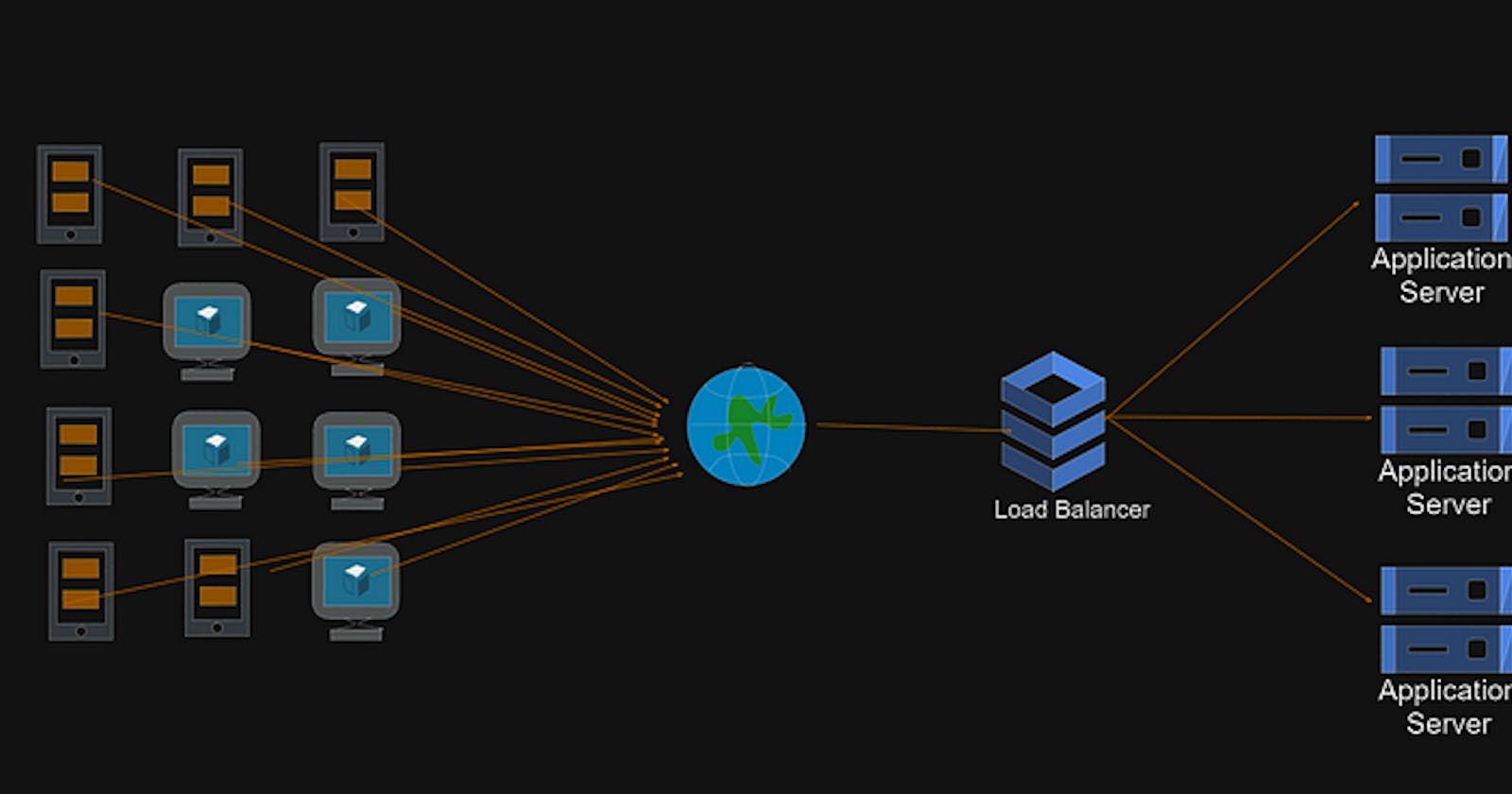Title: Enhancing Your Application’s Performance with Load Balancers
When you have created an application and suddenly it gains popularity, leading to a surge in traffic from eager users, it’s time to take your hosting strategy to the next level. As every newborn developer does, you may have initially hosted your application on GitHub and deployed it, which works well for comparatively low traffic situations.
However, when the number of users increases beyond your server’s capacity, it’s time to find a solution 🥲.
ABC of a Load Balancer
A load balancer is a hero in this scenario! It’s like having a traffic manager for your application, ensuring smooth and efficient handling of incoming requests. Simply put, the load balancer distributes traffic across multiple resources, such as multiple application servers, preventing any one server from becoming overwhelmed.
Enhancing Scalability, Availability, and Security
Load balancers bring a host of benefits to your application:
- Scalability: With a load balancer in place, you can easily add more servers to handle increasing traffic, allowing your application to grow seamlessly.
- Availability: By distributing traffic intelligently, the load balancer ensures that even if one server goes down, others can take up the slack, reducing downtime and keeping your application available to users.
- Security: Load balancers can act as a barrier between your users and application servers, adding an extra layer of security to protect against potential threats.
The Balancing Act — How Load Balancers Decide
So, how does the load balancer know where to route each user? It all comes down to algorithms — sets of rules that the load balancer follows to make the best decision based on current traffic to the servers. Some common algorithms include:
- Round Robin: Distributing requests equally across servers in a circular manner.
- Least Connection: Sending requests to the server with the fewest active connections.
- IP Hash: Using the client’s IP address to determine which server to serve the request, ensuring consistency for the same IP.
- Randomized: Randomly selecting a server for each request
Stay Tuned for More!
This was just a brief introduction to load balancers. In the next blog, I’ll delve into how you can load balance a Node.js application using Nginx, a powerful web server and load balancer. So, follow for more updates and get ready to optimize your app’s performance! 😄🚀
